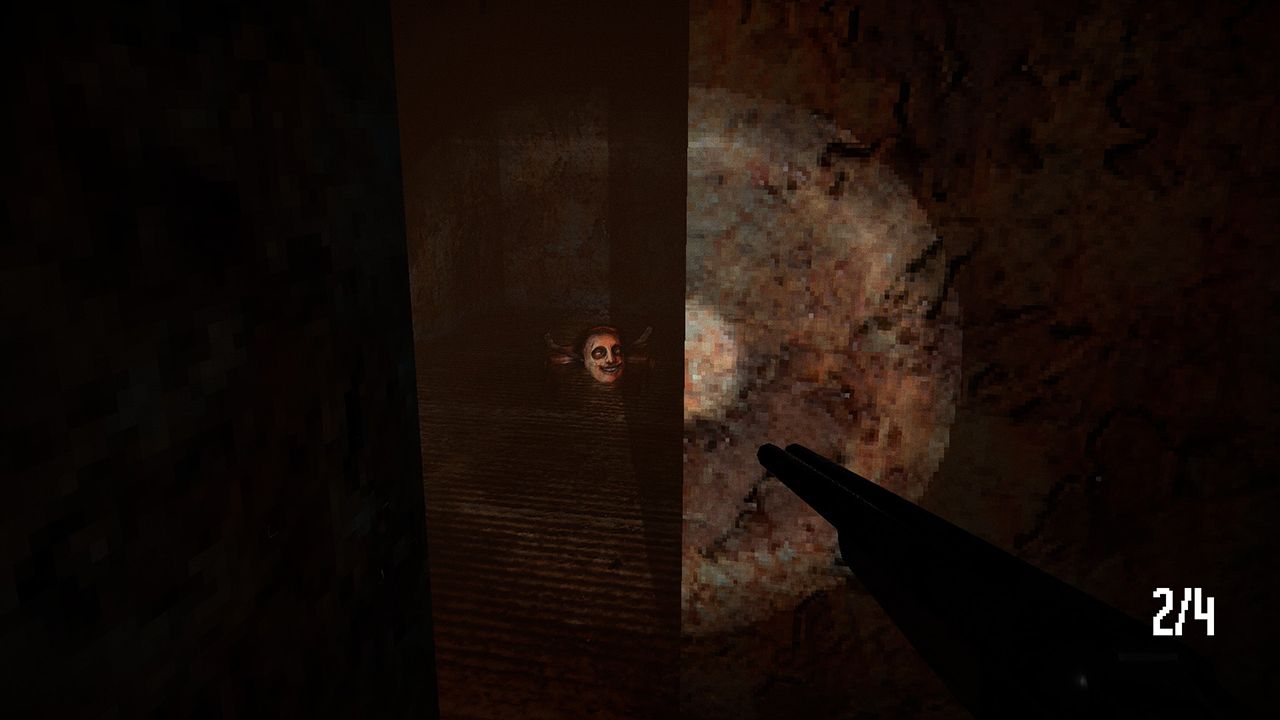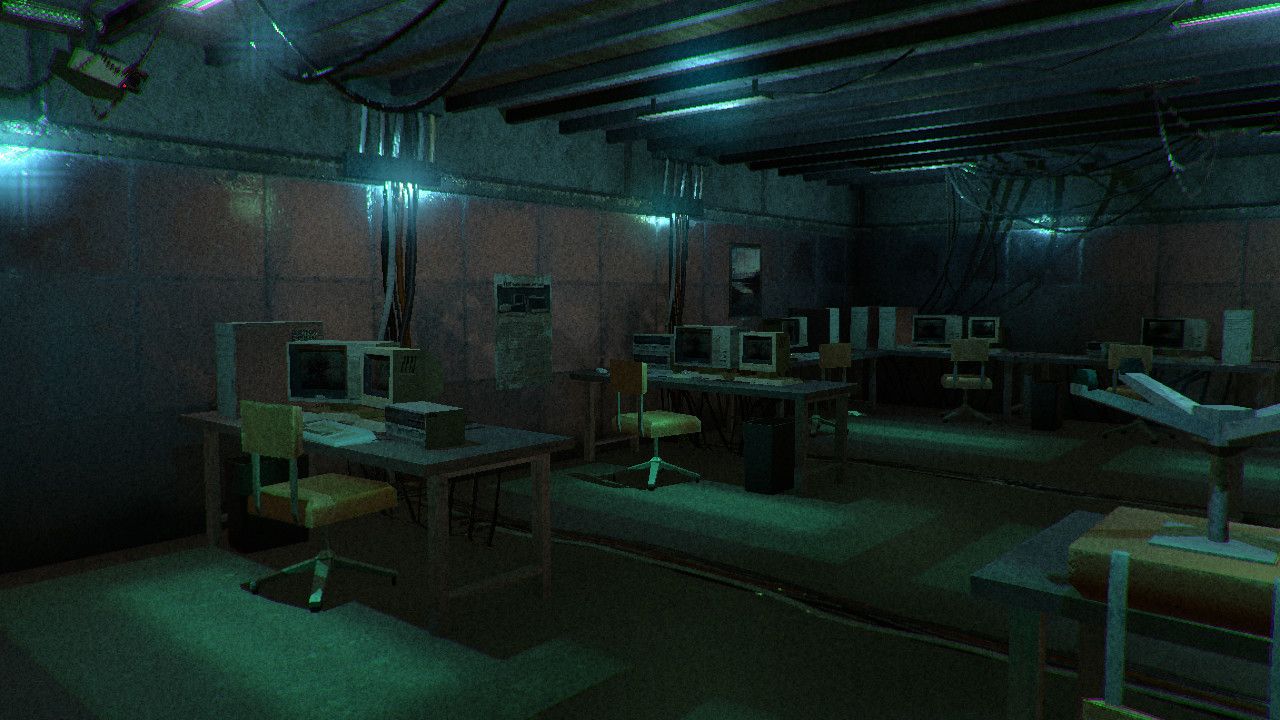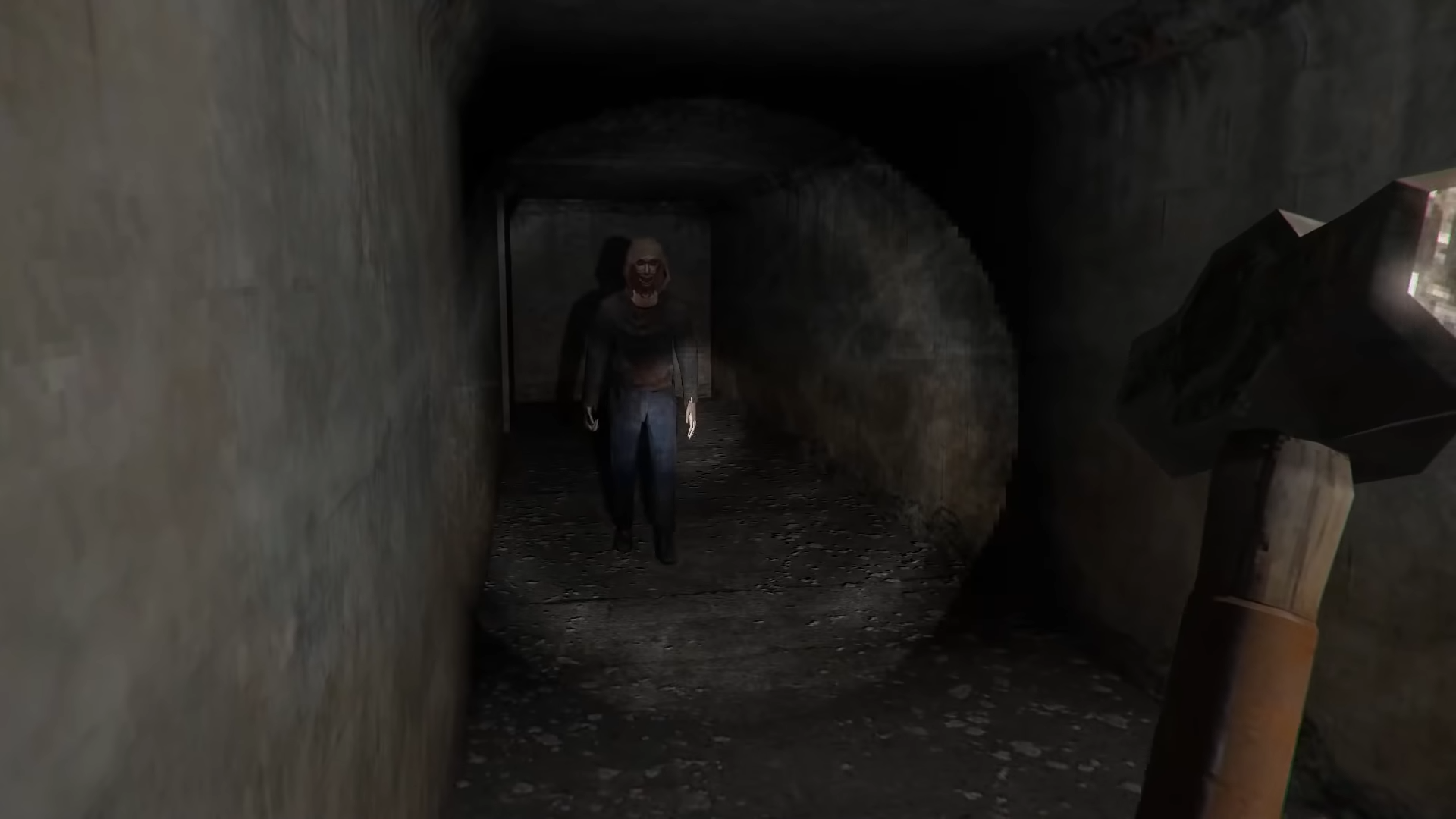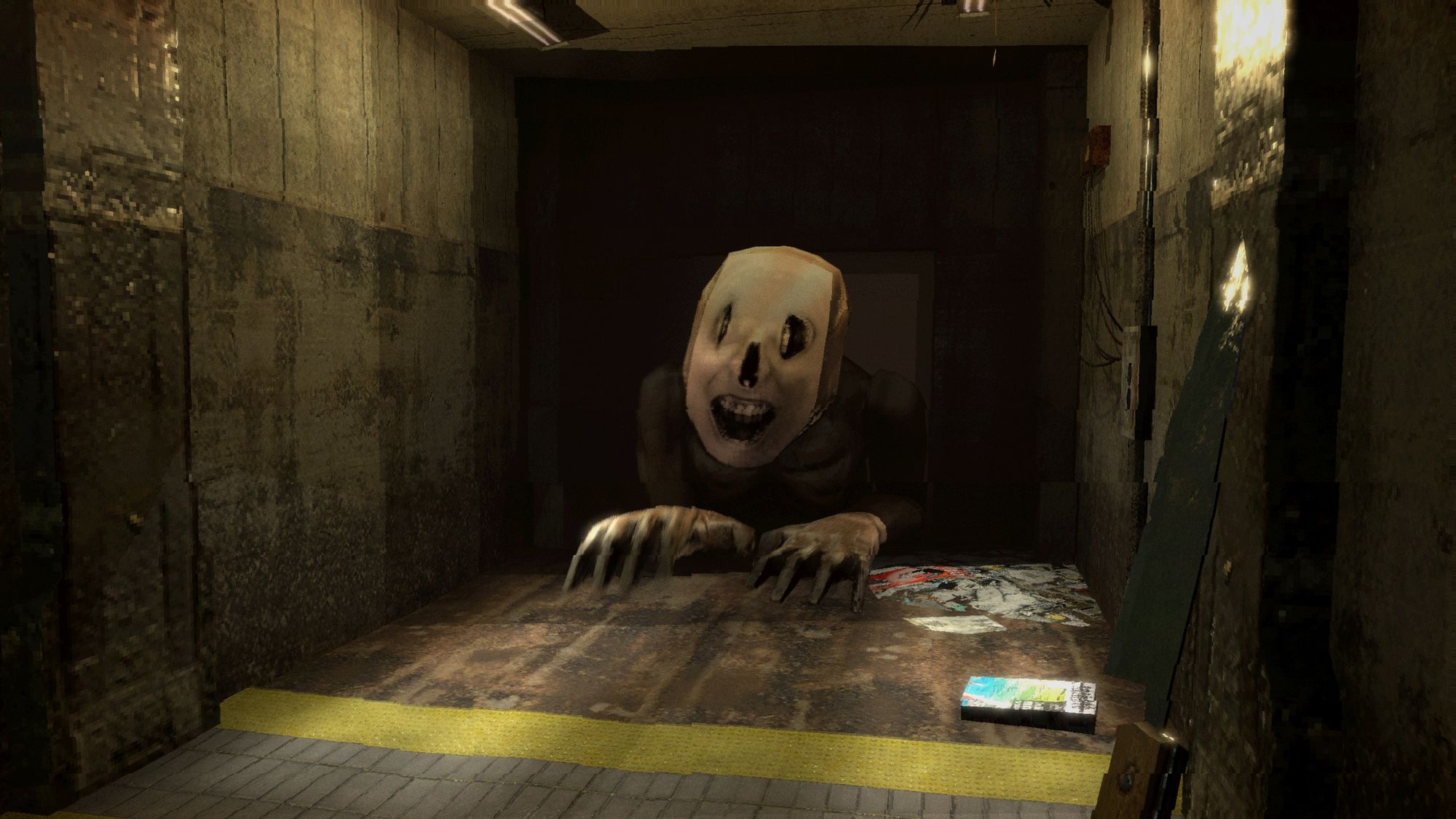Lost in Vivo: Psychological Horror at its Finest
Exploring how this indie horror title shines a light on what makes psychological horror so impactful

When the first Silent Hill was released by Konami in 1999, no one could have predicted just how much of an impact it would have on the gaming industry. The stranded and foggy setting of its haunted suburbia was so immensely iconic that it became impossible to imagine the survival horror genre without it. As much as it was visually terrifying, it was Silent Hill’s depiction of psychological horror that stole the show, something that would be boosted in its sequel. Its focus on themes surrounding mental health felt mature and it was as heartbreaking as it was downright horrifying.
Ever since Konami disbanded Team Silent and shifted its focus onto western developers to continue the Silent Hill franchise, it has long been considered dead. After its downfall, many studios influenced by the series attempted and failed to capture what made the original games so special. Its memorable music and chilling art style felt as if it had fallen deep into an ancient era, never to return.

It’s extremely hard nowadays to find a horror title that not only succeeds in scaring you but manages to stay underneath your skin long after its credits have rolled. A game that uses its violent content to mean something, rather than just being morphed into cheap shock value. Lost in Vivo is one of those titles.
A game developer named Akuma Kira, responsible for the adorable yet oddly terrifying Spooky’s Jump Scare Mansion in 2014, sought to create a horror experience that would feel like a love letter to the bygone era of horror classics. Having an interest in creating games since the age of twelve and armed with the idea of simulating claustrophobia, Kira jumped at the opportunity to launch a successful Kickstarter in 2016 for Lost in Vivo, a horror title heavily influenced by the Silent Hill series. Upon release in 2018, it began to receive a cult following and that’s when it caught my attention, but I had no idea of just how much it would affect me.
Lost in Vivo begins with a simple objective, to seek and rescue your service dog that has found itself trapped within the putrid tunnels of a suburban sewer after a storm hits. It doesn’t take much longer until the player descends into a maniacal, anxiety-ridden personal hell where nothing seems real, not even the walls surrounding you. From filthy rat-infested caves to bloody laboratories hiding escaped experiments, the nightmare never ends…even if it tells you that it has.

One of the many tricks up Vivo’s sleeve is to constantly break the fourth wall in various ways. The only comfort of playing a horror game is that you know it's not real, so nothing is more terrifying than when it decides to shatter its own rules to both horrify and deceive you. There was a point where the game referred to me by my real name, which it managed to grab from my computer. It's a harmless trick, but one that truly managed to disturb me due to how immersed I was inside Vivo’s intense atmosphere. It's not the first game to do this kind of trickery, but it never gets old when it’s done well.
Lost in Vivo’s true power comes from its world-building. There are countless details and stories that prove to be more horrifying than the game itself, mainly due to the gory details being left to the player’s imagination. Most of the enemies that you face in the game aren’t just obstacles to shoot at, but actual characters with ambiguously haunting backstories.
The build-up to the first enemy that you encounter is chilling, with multiple notes left behind by an insane man explaining that he has offered his eyes to a “rancid” creature. Instead of just throwing this particular antagonist at the player as a surprise, Vivo takes its time to paint a vivid picture in the player’s head of what he might look like before having him creep behind you. It’s designed in a way to make the player scare themselves with their twisted imaginations. That is what makes psychological horror so memorable and developer Kira makes perfect use of it.
“My eyes are useless. All they do is sting and show me stuff that can’t be real. If that rancid thing wants them, then I say let it have them.”

What also makes Lost in Vivo so memorable is its ambiguity. There are plenty of clues left around the game that offer some insight into what is really going on, but it never fully answers its questions. Whether it's a pair of abandoned shoes left on the edge of a train station’s platform or sentient mirrors that attack the player with reflections of body dysmorphia, there is always a hint of something far more sinister happening beneath the surface.
Like many of its classic horror inspirations, Lost in Vivo has a save room that players will frequently encounter throughout their playthrough. Thanks to the wonderfully disturbing soundtrack created by Kira along with fellow musicians Jarren Crist and Nolan Reese, it offers a chance for players to calm down and reflect on what they've just survived. Vivo can be so overwhelming at points that it feels like a well-deserved break and it offers an incredibly beautiful piece of music to relax with.
The music of Lost in Vivo is impossible to ignore, mainly due to its ability to capture the perfect balance between peaceful serenity and the absolute hell lingering beneath its surface. There's something strangely calming about most of its near three-hour-long soundtrack, but it often twists into a menacing nightmare with haunting synths and an immensely strong ambiance. It's sort of like a fairy tale that has sprung to life before slowly collapsing inward as if it's eating itself alive. It's hard to describe, but the music is a fantastic way to show just how psychologically damaged and lost our protagonist is.
There is a type of cognitive behavioural therapy known as “In Vivo exposure” that is used to treat patients suffering from a variety of conditions such as anxiety, PTSD, or various phobias. It is administered by exposing individuals to feared situations that gradually become more intense, with the goal being to desensitise them to whatever they feel intimidated by until they overcome their fear. The protagonist of Lost in Vivo is left ambiguous, but the game plants enough evidence to show that they are going through the same process.

The nameless protagonist is stuck in a purgatory of trials that are designed to judge its victims. It comes down to the player themselves to decide whether they may pass or fail these tests of character. That’s what makes Lost in Vivo so memorable and powerful. It’s a game about facing and ultimately overcoming your irrational fears. No matter how horrific things get or how helpless you feel at times, you will eventually pass the test as long as you remember why you started it in the first place.
Lost in Vivo is packed full of so many wonderful surprises and scares that I could write an entire essay on why I love it so much, but it is a product that is best experienced without spoiling much of its content or mechanics. It is a game that I wholeheartedly adore and I absolutely recommend it to any fan of survival horror. You can find and purchase the game for yourself here. If you want to look at what developer Akuma Kira is up to with their latest project, you can check in with them here.
